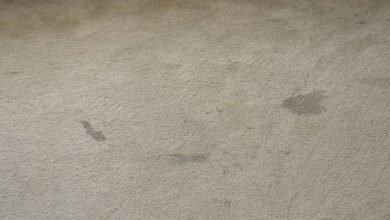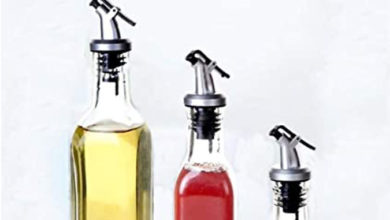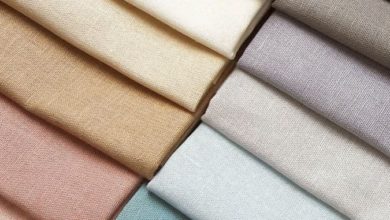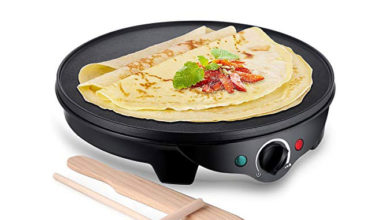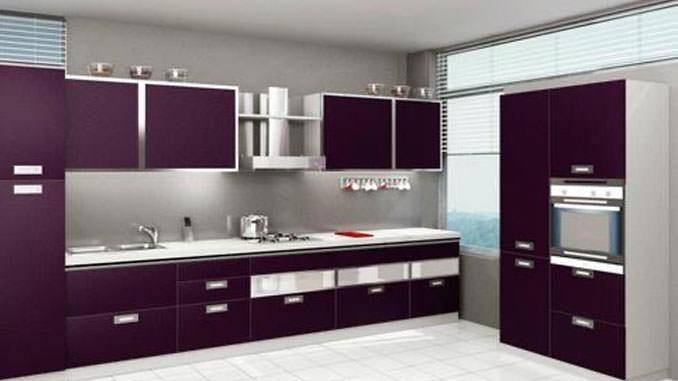
How to protect kitchen furniture
A kitchen that lasts over time is designed and manufactured using the best materials on the market. Wood, metal, and steel become basic elements to create furniture that lasts over time, which withstands any test.
On the other hand, the kitchen is an environment where you spend most of the day: not only do you have lunch or dinner. But you can use it as an improvised study (the children prefer a large table to do their homework) or as a cinema room (television seems more enticing) or even as a meeting point with friends.
For this reason, it becomes necessary to protect the furniture so that they can remain intact for a long time, and to find out how to proceed, read on!
Among the furniture that makes up the kitchen furniture, the fundamental one is undoubtedly the table. Undisputed protagonist of the complements undergoes all types of mistreatment: hot, if not hot dishes, broken glasses, water, and drinks accidentally dropped on the tablecloths, markers and pens scrawled on very light sheets.
To protect the table from everyday harassment, it would be a good idea to cover it with a plasticized tablecloth, which protects it from impacts and adapts a runner to absorb the heat of the steaming cups of tea. Cork placemats protect the wood from hot dishes, while the corner table covers will reduce the impact.
Chairs are furnishings that tend to be scratched more frequently, for the simple fact that jeans and trousers have studs everywhere. It would be simple, on returning home, to undress using comfortable clothes that do not have metal elements, but the haste or tiredness often leads us to laziness.
The chair covers to protect wood and wicker from the trousers’ spikes, especially if it has not been possible to change work clothes due to lack of time. The cushion’s fabric, easy to wash, will also protect the chairs from dust and dirt and can be combined with the upholstery used in the kitchen.
Wood is a delicate material, even if in solid wood, and treated to be resistant to any effort. The kitchen furnishings, often glossy times, contain niche elements that enrich the style, such as knobs painted in gold or light colors that easily get dirty.
It would be necessary to use detergents that are not too aggressive to preserve the furniture because degreasers and detergents could irreversibly ruin the paints. It is advisable to use products specially designed to treat wood or liquids of biological origin that eliminate dirt without damaging the materials.
Avoid using detergents with micro granules to remove fat while reading the labels carefully before cleaning the wood. The condensation, mixed with the dust, creates a patina of dirt that often ruins a kitchen’s decor. Also, frying and odors impress the wood creating a layer of fat that is difficult to remove.
As previously specified, it is advisable to use mild detergents. Still, in the same way, it would be a good rule to ventilate the rooms when cooking food so that humidity and condensation circulate outside the kitchen. This operation is not exempt from daily cleaning but could facilitate everything by avoiding aggressive products.
To keep the kitchen furniture as long as possible, it is necessary to pay attention to every task. The foresight and delicacy are worth much more than a cleaning product or an anti-scratch material. Non-abrasive sponges, soft, non-damp patches help to treat the furniture gently.
Avoid hitting brooms and vacuum cleaners and use delicacy in everything. A well-treated piece of furniture will remain beautiful even for a long time, keeping your kitchen as new even after years!
- Avoid using aggressive degreasers or acid products that could eat wood paint.
- Do not use abrasive sponges to remove stains. Instead, I prefer soft and delicate clothes.
- Do not use the knives directly on the wood. Use cutting boards to chop spices and smells!

